What are school hearing screenings?
Screening programs are developed and used to identify individuals who are likely to have a specific condition.
In this case, we are talking about hearing screenings!
School-age hearing screenings are an integral tool in identifying children with hearing loss who were not identified at birth, lost to follow-up, or who developed hearing loss later.
A hearing screening is a simple “pass” or “fail” test.
Its purpose is to determine if a child has normal hearing or not.
It consists of a series of beeps or tones, played through headphones, at the limit of normal range to see if the child is able to hear them.
The child responds by raising their hand if the tone was heard across different pitches, and for each ear.
Purpose of a school hearing screening:
A hearing screening can detect potential hearing loss
The screening places a child into either a “normal hearing” group or “possible hearing loss group”
This would lead to a recommendation for further testing to rule out presence of hearing loss
School hearing screenings can pick up hearing losses that are missed at birth
Newborn hearing screenings that are done at the hospital do not reliably rule out potential mild hearing losses
When should we screen?
School districts have timelines set in place for when students will be screened:
Children who are entering school (Kindergarten, 1st grade in some places)
Children in K-3 (annual evaluations at these ages)
Children in 7th grade
Children in 11th grade
Children who have failed a grade
Children with speech/language delay
Children entering a special education program
Who Else Should We Screen?
However, there are other times outside of routine school hearing screenings when a child should have their hearing screening:
Concerns about hearing, speech language or learning
Family history of delayed or late onset hearing loss
Signs of syndromes that include hearing loss
Craniofacial/ear abnormalities
Persistent ear infections for more than 3 months
Head trauma and loss of consciousness
Ototoxic drug exposure (harmful to hearing)
Noise exposure
What is Considered a “Pass”?
Each tone is presented to the child 3 times at 20 dB HL, which is the cutoff loudness level to be considered within the range of normal hearing.
If a child hears it at least 2 out of 3 times, he/she passes at that frequency, or pitch.
If the child passes at all frequencies, then the child passes the screening.
What is Considered a “Fail”?
If a child does not respond to one or more of the tested frequencies at a level greater than 20 dB HL, it is considered a “failed” hearing screening
The child “fails” the screening even if only one ear did not hear the tones at this level
If the Child Fails the Screening, What Happens Next?
The child should be re-screened, either:
On the spot
On another date (should be within 24-48 hours after the first screening)
Another type of screening tool may be used to compare to results from the first screening
The child may be referred to an Ear, Nose & Throat doctor (ENT) or an Audiologist for a full hearing test
Parents should be notified about results from the screening either by mail or over the phone
Consequences of Missed Hearing Loss:
Impaired hearing is a primary health condition, just as impairment of any sense organ.
Sensory deprivation results in restricted or non- development of the central auditory nervous system.
Communicative: Compromised speech-language development.
Social/Emotional: Family will use ineffective communication behaviors, experience frustration, and misinterpret the child’s behaviors and might experience guilt and anxiety when the hearing loss is diagnosed.
Cognitive/Academic: Negative effects on vocational and economic potential and contributions to society.
